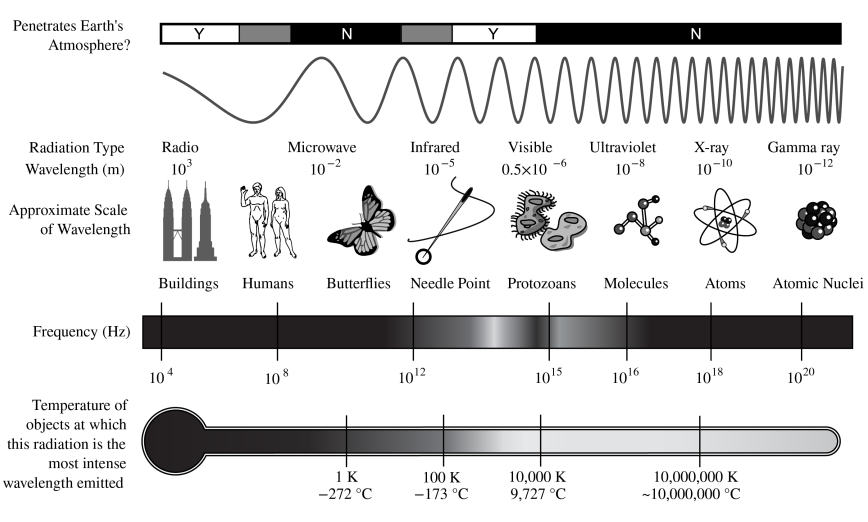1.3: The Maxwell Equations in Vacuum
( \newcommand{\kernel}{\mathrm{null}\,}\)
In a vacuum, light is described by vector fields E(r, t) [Volt/m]1 and B(r, t) [Tesla=Weber/m2= kg/(C s)], which vary extremely rapidly with position vector r and time t. These vector fields are traditionally called the electric field strength and the magnetic induction, respectively, and together they are referred to as "the electromagnetic field". This terminology is explained by the fact that, because in optics these fields vary with time, the electric and magnetic fields always occur together, i.e. one does not exist without the other. Only when the fields are independent of time, there can be an electric field without a magnetic field and conversely. The first case is called electrostatics, the second magnetostatics.
Time-dependent electromagnetic fields are generated by moving electric charges, the so-called sources. Let the source have charge density ρ(r, t) [C/m3 ] and current density J (r, t) [C/(s.m2)]. Since charge can not be created nor destroyed, the rate of increase of charge inside a volume V must be equal to the flux of charges passing through its surface S from the outside to the inside of V, i.e.:
ddt∫VρdV=∫SJ·ˆndS
where n is the outward-pointing unit normal on S. Using the Gauss divergence theorem, the left-hand side of (1.3.1) can be converted to a volume integral from which follows the differential form of the law of conservation of charge:
−▽·J=∂ρ∂t
At every point in space and at every time, the field vectors satisfy the Maxwell equations
▽×ε=−∂B∂t,Faraday′s Law
▽×Bμ0=ε0∂ε∂t+J,Maxwell′s Law
▽·ε0ε=ρ,Gauss′s Law
▽·B=0,no magnetic charge
where ε0 = 8.8544 × 10−12 C 2N−1m−2 is the dielectric permittivity and µ0 = 1.2566 × 10−6m kg C−2 is the magnetic permeability of vacuum. The quantity c = (1/ε0µ0)1/2 is the speed of light in vacuum with numerical value of 2.997924562×108±1.1 m/s and Z =(µ0/ ε0)1/2= 377Ω = 377 Vs/C is the impedance of vacuum.



